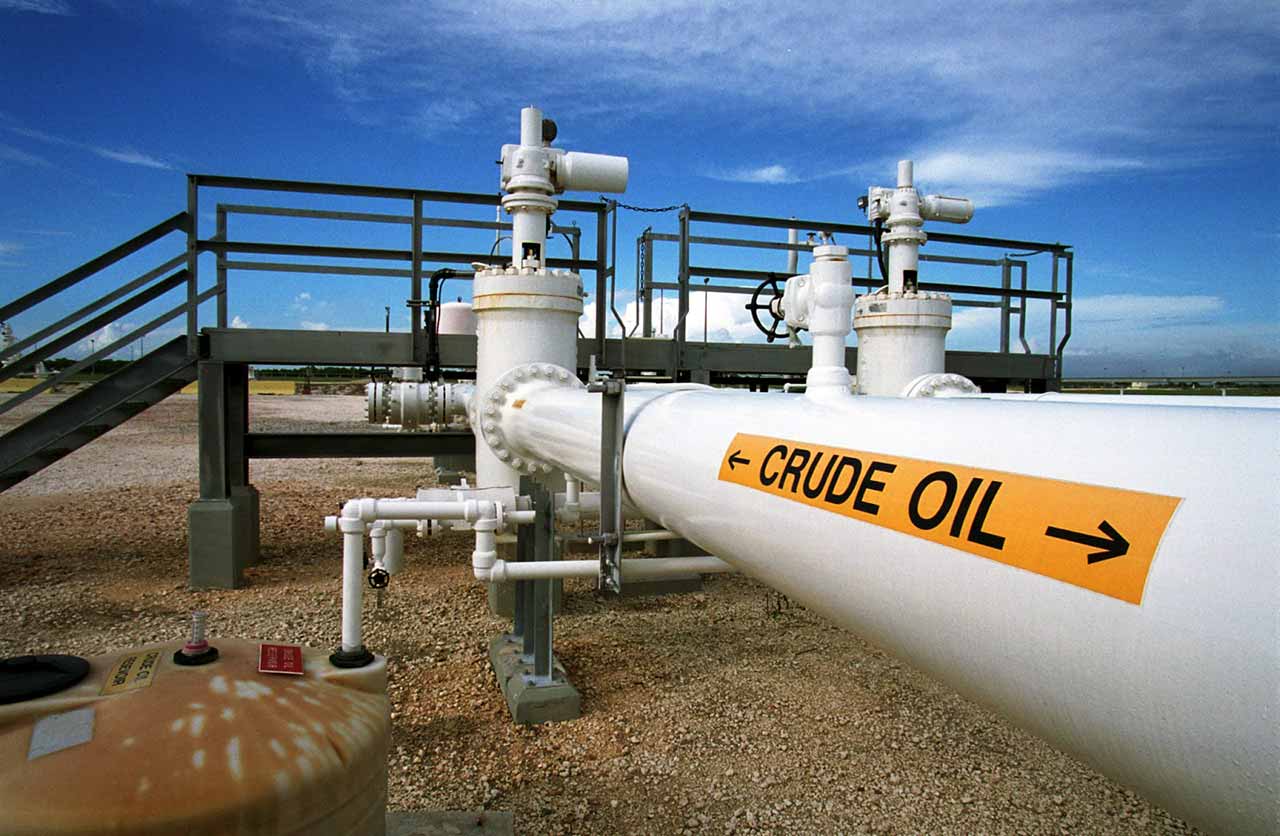’Femi Asu with agency report
The nation’s oil exports are expected to rise to their highest in four months in October, on the back of supply of several larger grades coming back online following a series of pipeline outages in the last couple of months.
Loading of Nigerian crude will rise to 1.73 million barrels per day from September’s 1.41 million bpd. October’s will be the largest programme since June this year, but it is smaller than the 1.768 million bpd exported in October last year, according to Reuters.
The export plan comprised 57 cargoes, compared with 48 cargoes in September’s loading schedule, the report added.
Both the Qua Iboe and the Forcados streams will load fewer cargoes, while Bonny Light contains the same number of cargoes and Escravos will load one extra.
Exports of these three major streams will drop by 14 per cent in October to around 540,000 bpd from September’s 630,000 bpd rate.
The export plans showed several smaller streams would add at least one cargo in October, including Pennington, Okwori and Antan.
Nigerian oil export plans are prone to revisions and delays, with cargoes frequently pushed from one month to the next.
According to traders, the overhang of Nigerian oil cargoes continues to clear after a series of spot sales this week cut the existing surplus by more than half.
The number of unsold cargoes from the August and September programmes was said to have dropped to less than a dozen, from close to 30 at the start of the week.
Meanwhile, shipments of West African crude to Asia are expected to reach a record high in August, driven by a surge in demand from Indian refiners, who will take more oil from the region than at any time since mid-2015.
According to a Reuters’ survey of shipping fixtures and traders, some 890,000 bpd of West African crude will sail to India, compared with 600,000 bpd in July and almost double last August’s 460,000 bpd.
Total loading for Asia will rise to 2.586 million bpd this month from 2.44 million bpd in July and 2.176 million bpd last August.
Indian Oil Corporation Limited took nearly half the total for India, while the privately held Reliance Industries took three cargoes, and Hindustan Petroleum Corporation Limited and Bharat Petroleum Corporation Limited took one each.
Of the 15 cargoes that will go to India, at least nine will hold Nigerian grades, including Qua Iboe, Agbami and Usan.
China’s daily intake dropped to its lowest since May this year at 1.419 million bpd from 1.571 million bpd in July, reflecting a modest slowdown in refinery intake and less favourable shipping economics.
Some 60 per cent of crude that will head to China is Angolan.
The premium of Brent crude futures to benchmark Dubai futures has widened this month to almost $2.00 from less than $1.00 in late July, while the premium to the US crude futures has also crept out towards $6.00 from near $2.50 a month ago.
The relatively strong performance of Brent futures to other regional benchmarks means it has been cheaper for Asian buyers to take in the likes of the US shale or other Middle East grades at the expense of typical West African grades.
However, the drop in the value of the currencies against the US dollar of a number of key commodity importers, such as China and India, over the course of August might prompt a decline in flows in September and October, as buyers feel the pinch of an unfavourable foreign exchange rate.
“Despite the general weakness in emerging-market currencies, oil market players are relaxed about the potential adverse impact on global oil demand, especially now that the dollar is getting slightly weaker again,” a PVM Oil analyst, TamasVarga, said, adding, “This upbeat mood will probably change if the dollar strengthens again and this strength proves to be prolonged.”
India has seen the value of a barrel of oil rise by nearly 56 per cent in the last year and China, a rise of 47 per cent in local terms, compared with the 41 per cent rise in the dollar value of Brent to around $74 a barrel.











